DIY Food
How to Make Traditional Cantonese Mooncakes at Home
They're surprisingly simple and very satisfying.
Popular on Food52
25 Comments
Janie R.
October 28, 2017
What can you do if the dough ends up being too dry and crumbly, I hate to have waisted the ingredients?
Cynthia C.
October 31, 2017
Hi Janie, sorry if I'm getting back to you too late! You can try adding a little bit more vegetable oil and a little bit more golden syrup, maybe 1/2 teaspoon of each at a time. Hope that that helps.
Sophia Y.
August 29, 2016
Hi, lovely recipe. How long can these moon cakes keep for? And do I store them in the fridge? Thanks.
Vanessa S.
January 29, 2016
Woah new age mooncake molds! My mother still had an old school wooden one with our last name craved into it. (and I've never seen her use it)
EmilyJ
September 27, 2015
Thanks so much for this recipe. This was my first year making homemade mooncakes, and we all loved them! I used baking soda stirred in water instead of kan suit, and honey instead of golden syrup, and they still turned out great. I posted the results and notes here: http://www.smalltownlaowai.com/yes-you-really-can-make-mooncakes-at-home/
Maria W.
October 29, 2014
I love this recipe :-) thank you so much. What can I do against mooncakes losing its shape after first baking in oven?
Cynthia C.
October 30, 2014
Hi Maria! Without knowing too much about what happened, my first guess is that the mooncake fillings may have been too soft or had too much moisture. The longer you cook the filling on the stovetop, the firmer and drier it will be. That should help it maintain its shape as it bakes. Let me know if that works for you -- and thank you so much for your nice words!!! I'm so glad you enjoyed it! :)
Tulasi-Priya
October 14, 2014
Beautiful mooncakes! Any reason why I couldn't use ghee instead of coconut oil? It's more-or-less solid at room temp and there's nothing in it to go rancid.
Cynthia C.
October 14, 2014
That's an awesome idea! I think you could totally make this with ghee (and I bet it would be delicious!) I'd love to hear how it goes if you try it!
Jay C.
September 19, 2014
I will really love to try this recipe but I can't get my hands on the golden syrup. Any substitutes??
Cynthia C.
October 14, 2014
Hi Jay, so sorry for the delayed response! I can't say for sure because I haven't tried any substitutes, but I think corn syrup or honey might work, with a teaspoon or two of molasses for flavor. There's actually a Food52 hotline question about it, too: https://food52.com/hotline/17767-substitute-or-recipe-for-lyle-s-golden-syrup Either way, note that the taste will be a little different, since golden syrup has a distinct flavor. I hope that helps! I'd love to hear how a substitute works for you if you try it!
Joy H.
September 8, 2014
I tried making Taiwanese taro swirled mooncakes this year: http://the-cooking-of-joy.blogspot.com/2014/09/taiwanese-taro-swirl-mooncakes.html
It was a lot messier than your beautiful pictures, haha. How do you take the pictures when you have both hands in the shot? Auto timer? Or are those someone else's hands?
It was a lot messier than your beautiful pictures, haha. How do you take the pictures when you have both hands in the shot? Auto timer? Or are those someone else's hands?
Sophia H.
September 5, 2014
So no instructions on how to make salted yolk ones, revived thigh she says they are her favorite? Farm they are mine as well. Guess I will just have to go into San Francisco China town and get then from the bakery.
Cynthia C.
September 5, 2014
Hi Sophia! Nope, unfortunately I couldn't get my hands on any duck yolks this time around. But I've seen some recipes through a quick Google that do explain how, so maybe you could give those a shot if you have duck yolks on hand! At any rate, I love SF Chinatown -- hope you get to enjoy your fav mooncakes one way or the other! :)
Sophia H.
September 5, 2014
Thanks for the info. I will look up the tutorials. We can get salted duck eggs from our farmers markets here, so I will try with them.
jrfull
September 5, 2014
Curious - why alkaline water?
Cynthia C.
September 5, 2014
Hi! I haven't tried the dough without the alkaline water, but from my research, it looks like it's designed to add a bit more flexibility to the dough and make it more supple to work with. It also aids in browning during baking. But if you can't get your hands on it, I don't think (fingers crossed!) it will make a huge difference, and I've seen some recipes that omit it.
Matilda L.
September 5, 2014
Whoa. This post just about blew my mind--I thought mooncakes were a store bought thing only! Now, if only I could borrow a Cantonese Po-po to make some for me...
Panfusine
September 5, 2014
These look spectacular, any pointers on where one could buy the shaping press/molds please?
Sarah J.
September 5, 2014
Cynthia writes that they're available at Asian markets and on Amazon (http://www.amazon.com/gp/product/B00AQPKX1U/ref=pd_lpo_sbs_dp_ss_1?pf_rd_p=1535523722&pf_rd_s=lpo-top-stripe-1&pf_rd_t=201&pf_rd_i=B001F8WID8&pf_rd_m=ATVPDKIKX0DER&pf_rd_r=0M1H2XQWNDPDWY42X1DN)
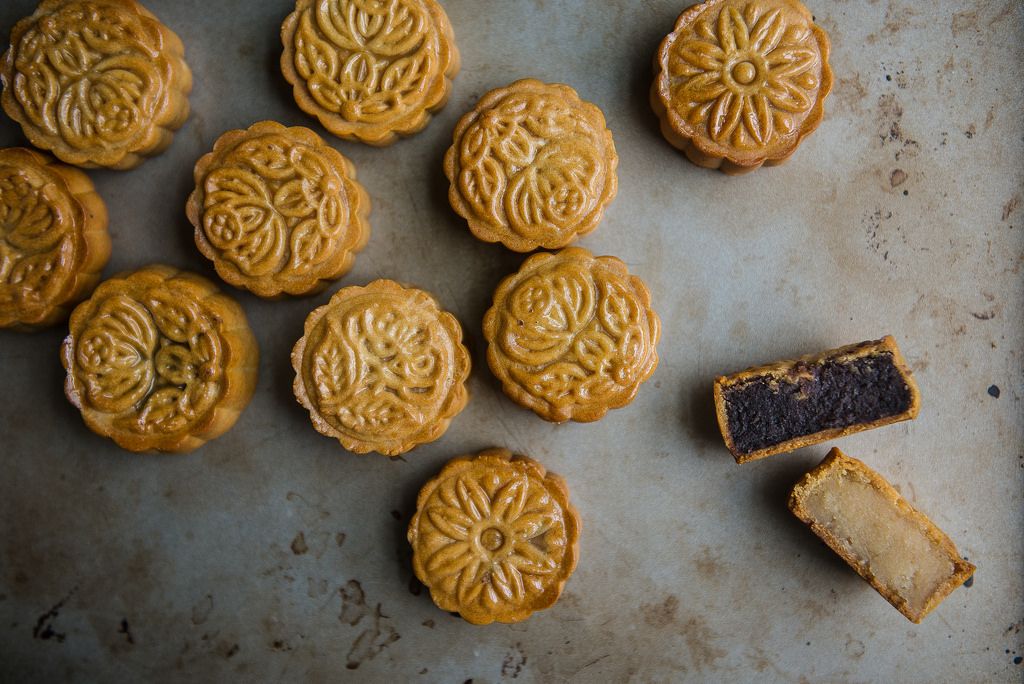
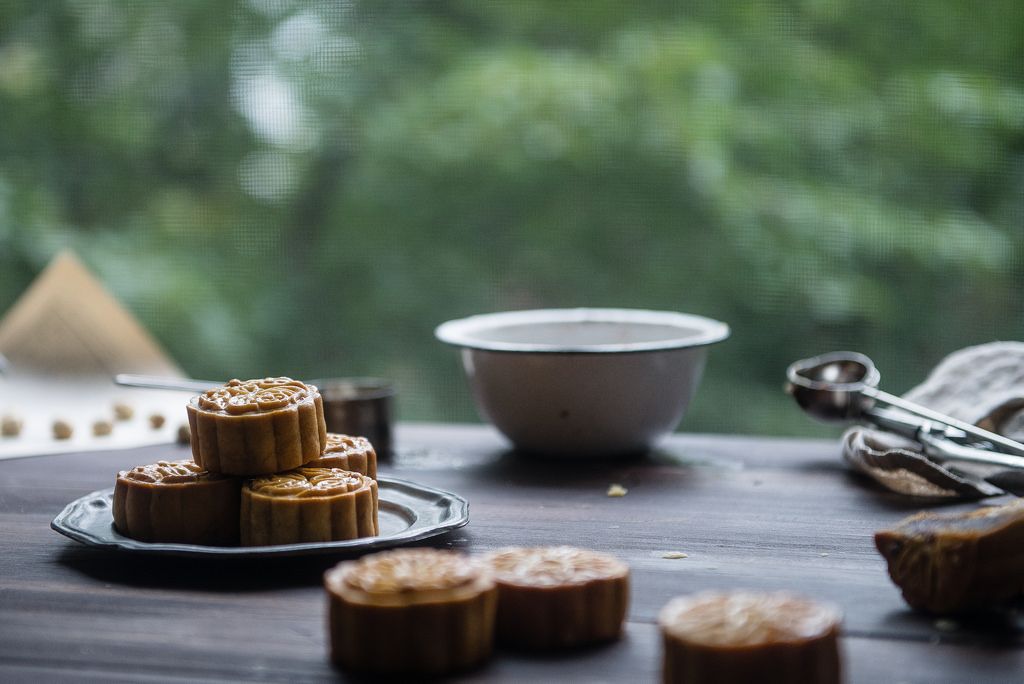
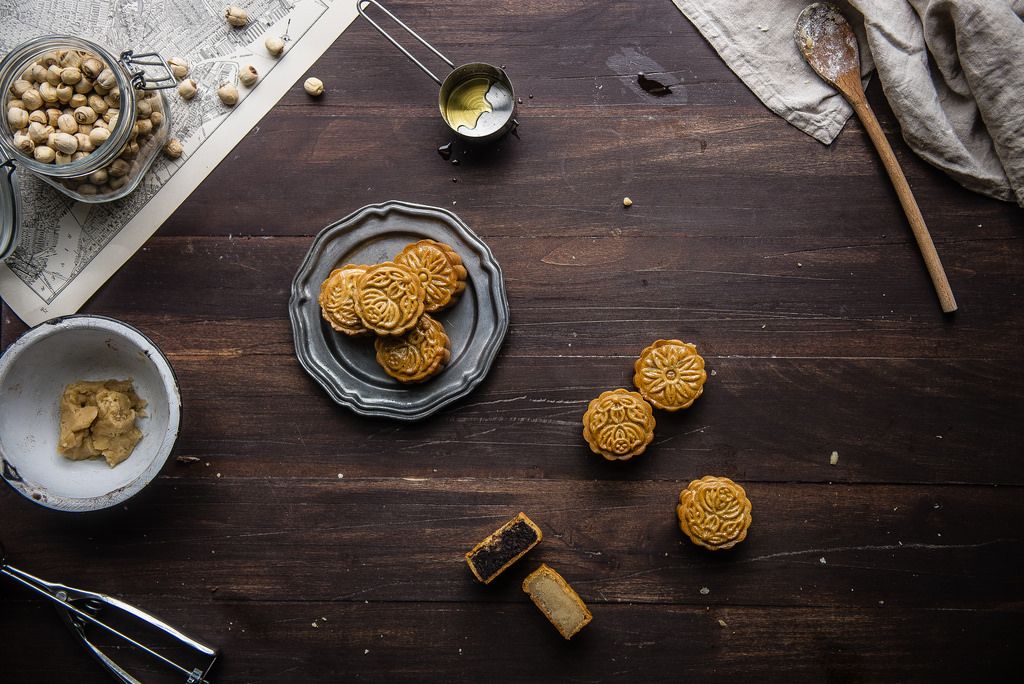
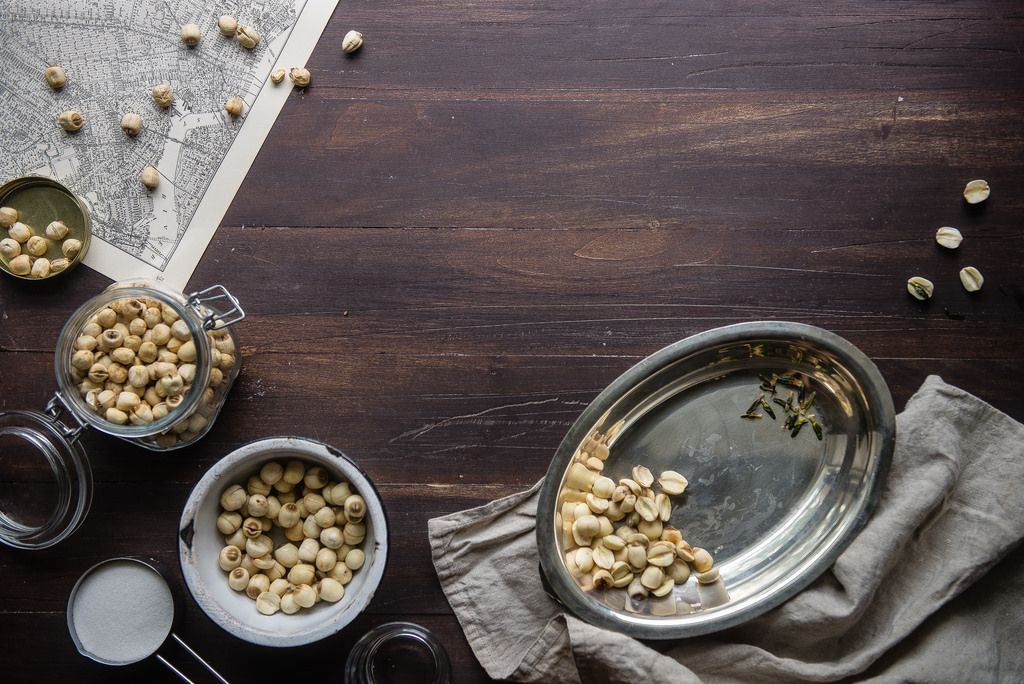
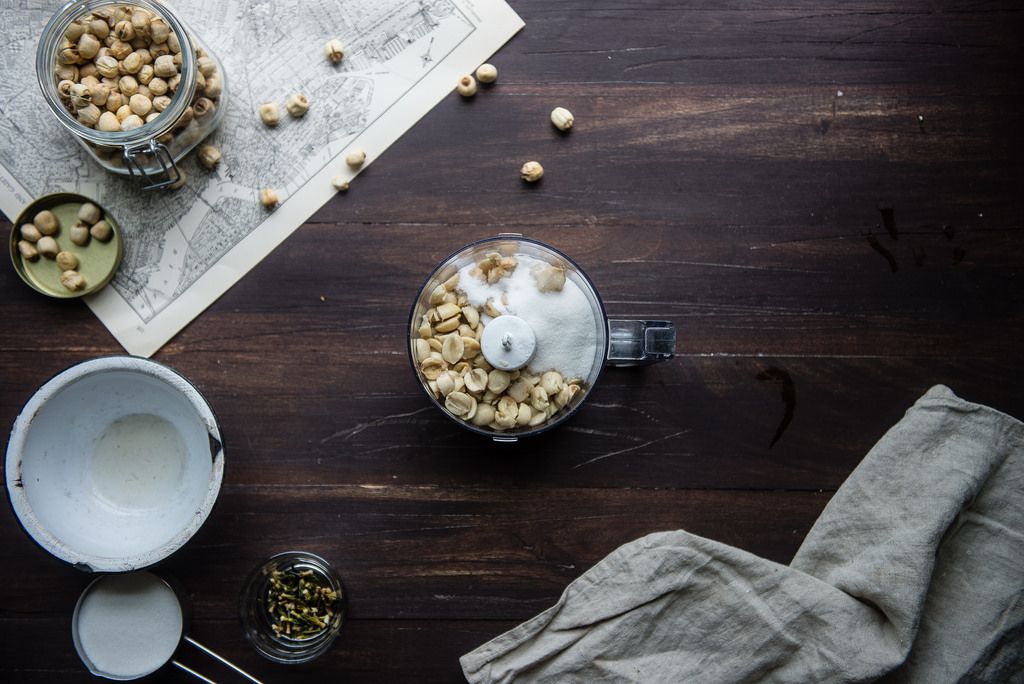
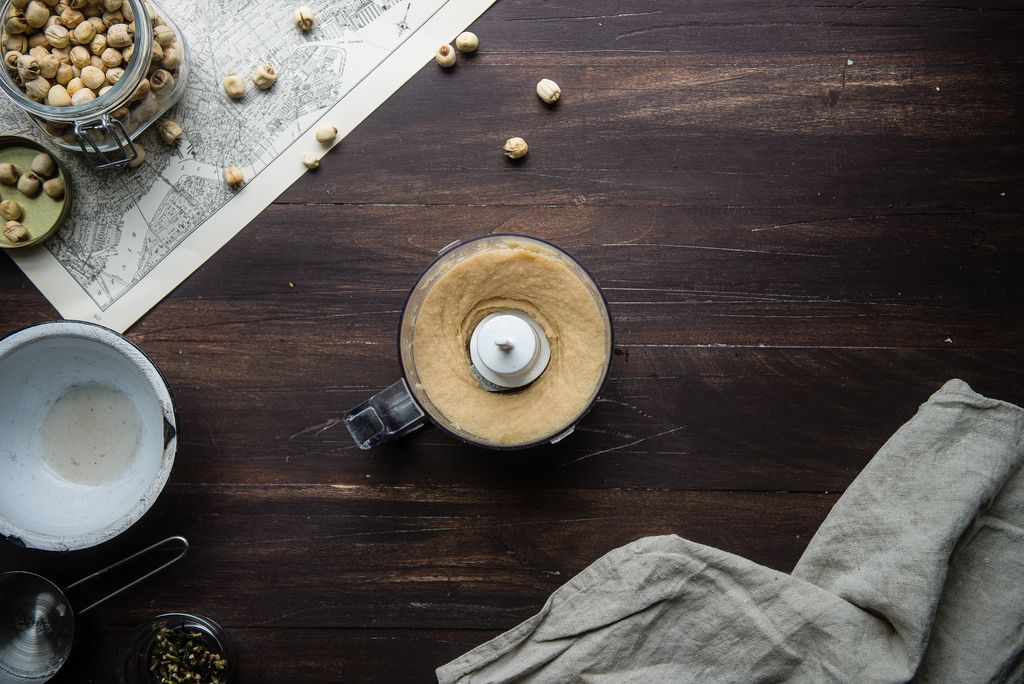
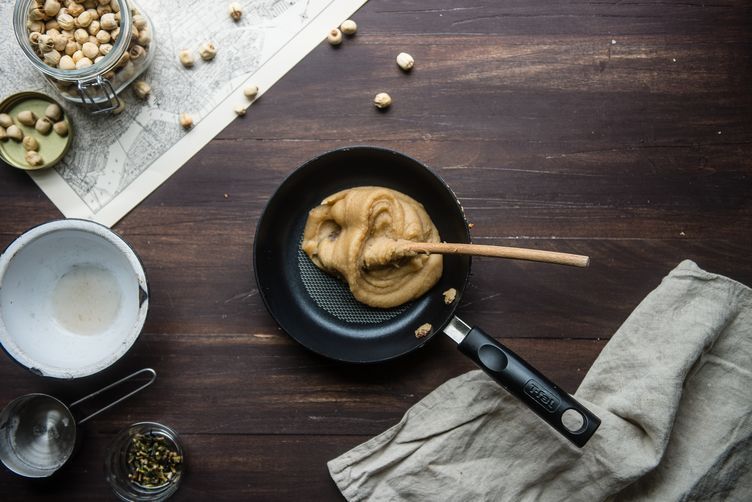
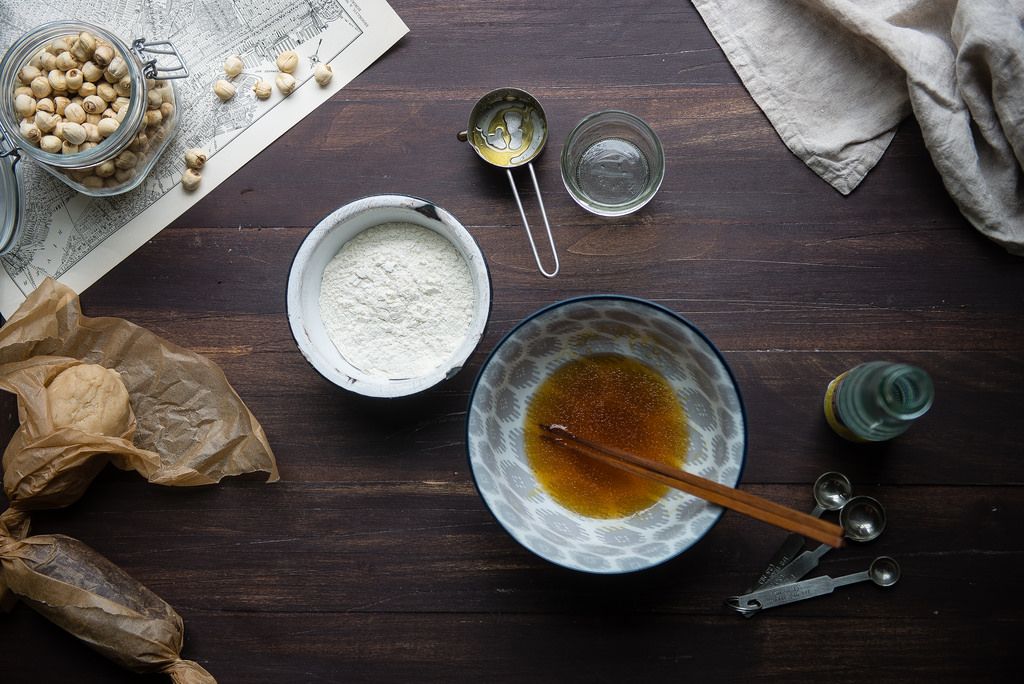
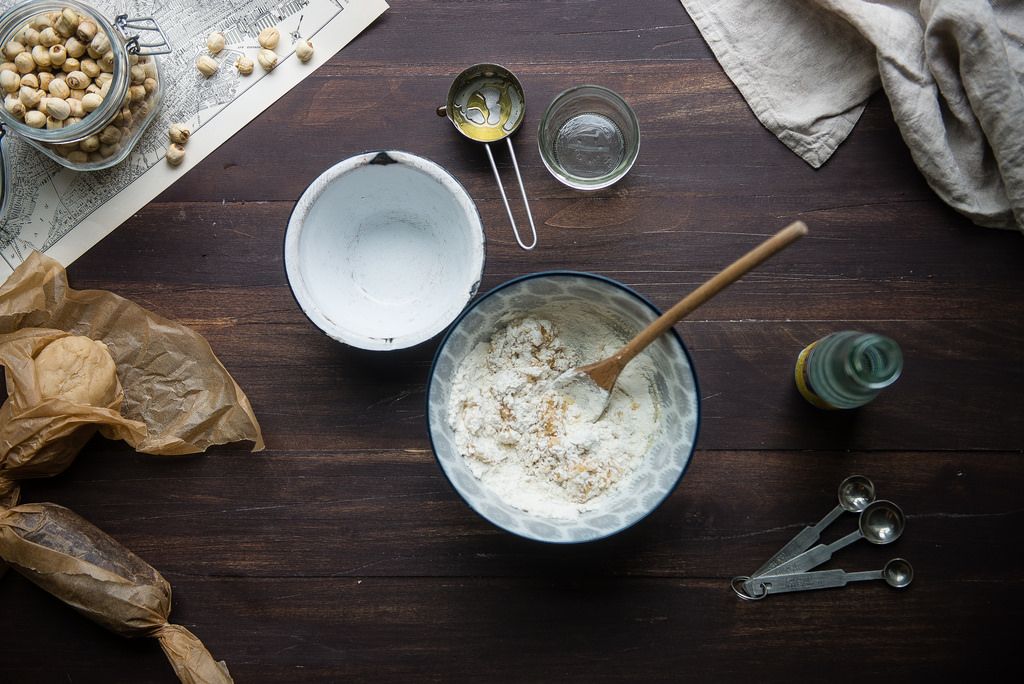
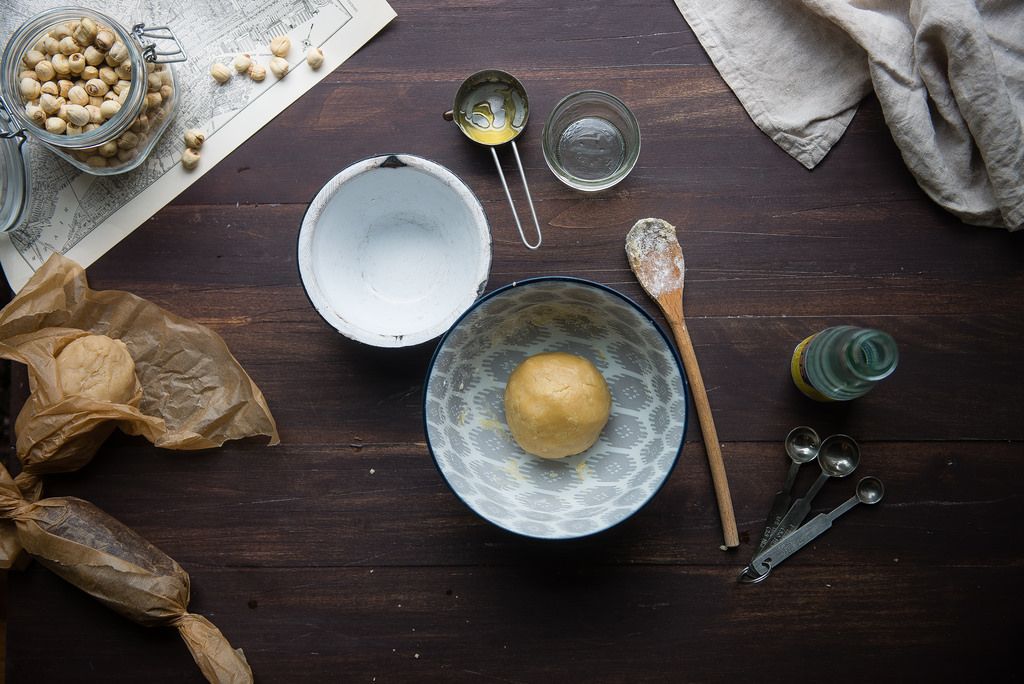


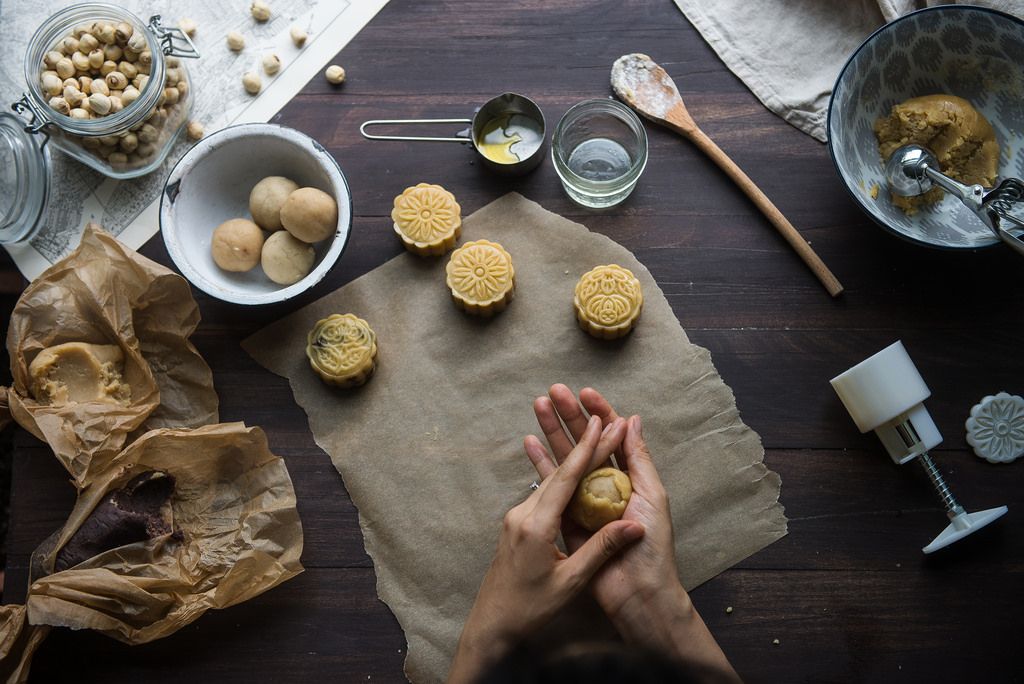
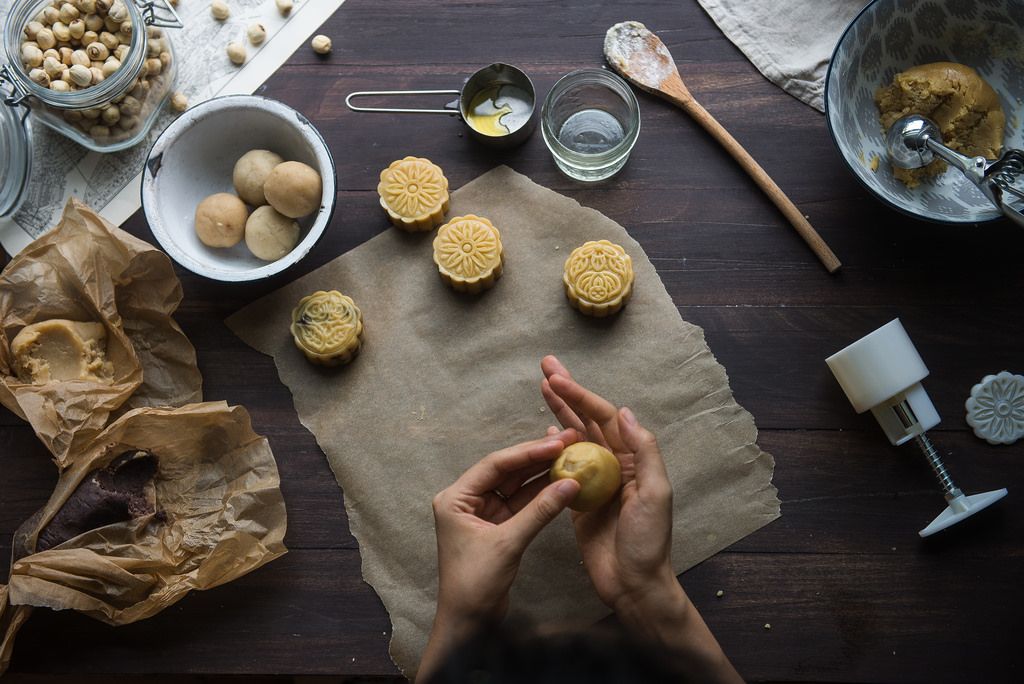
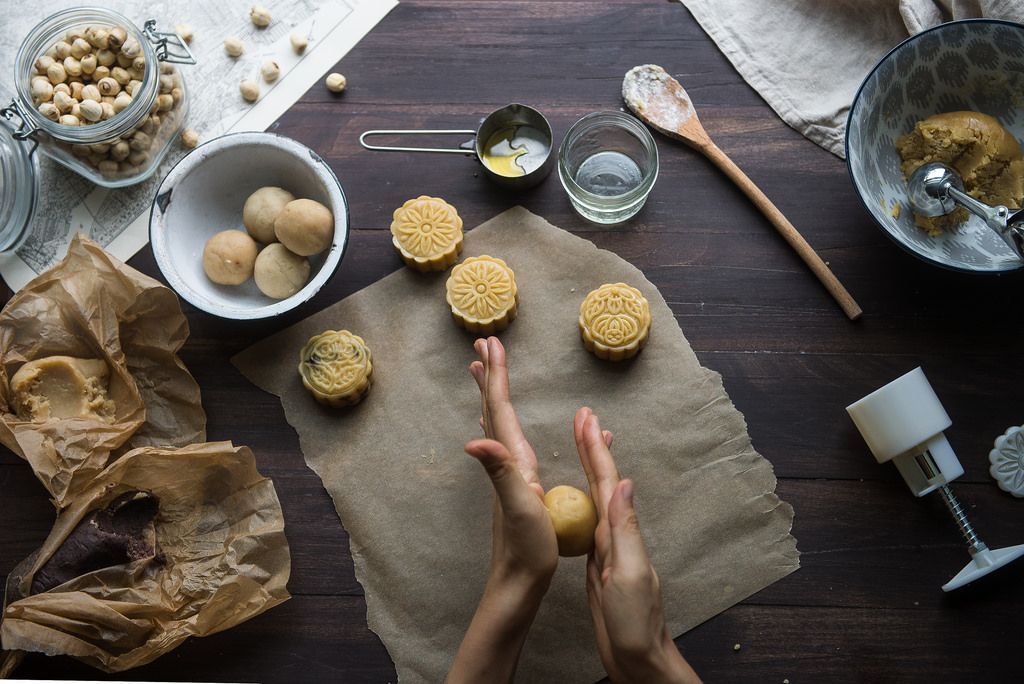
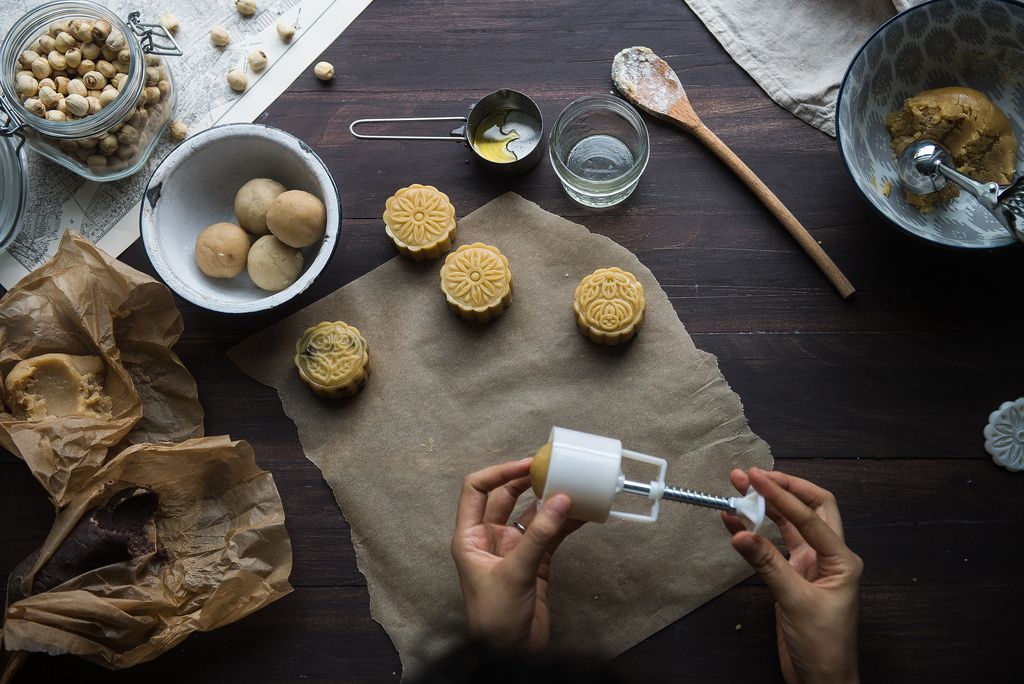
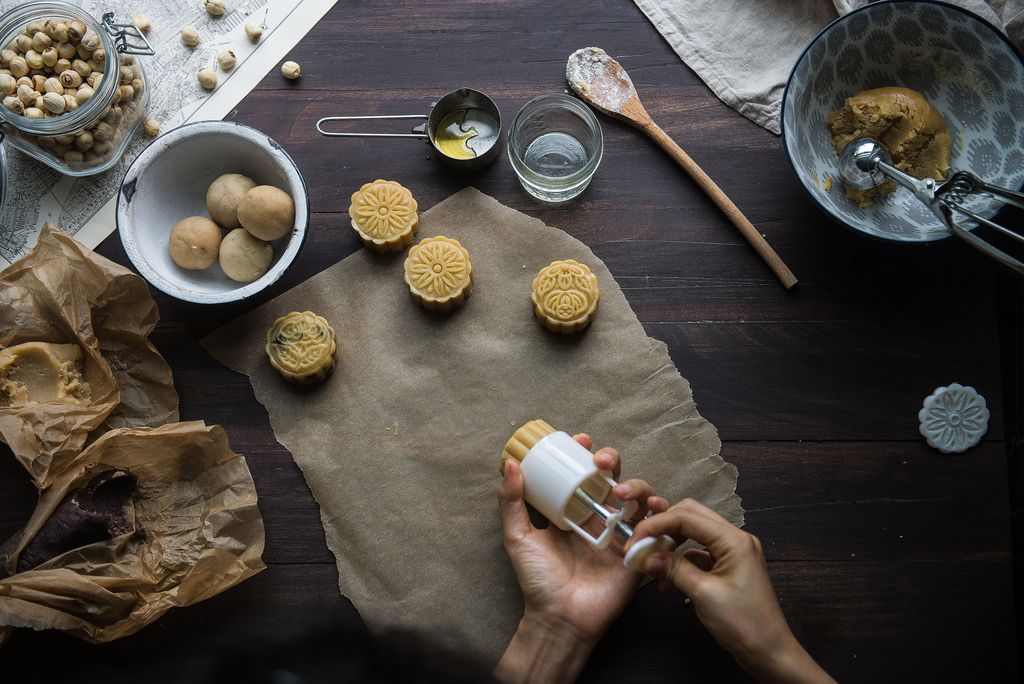
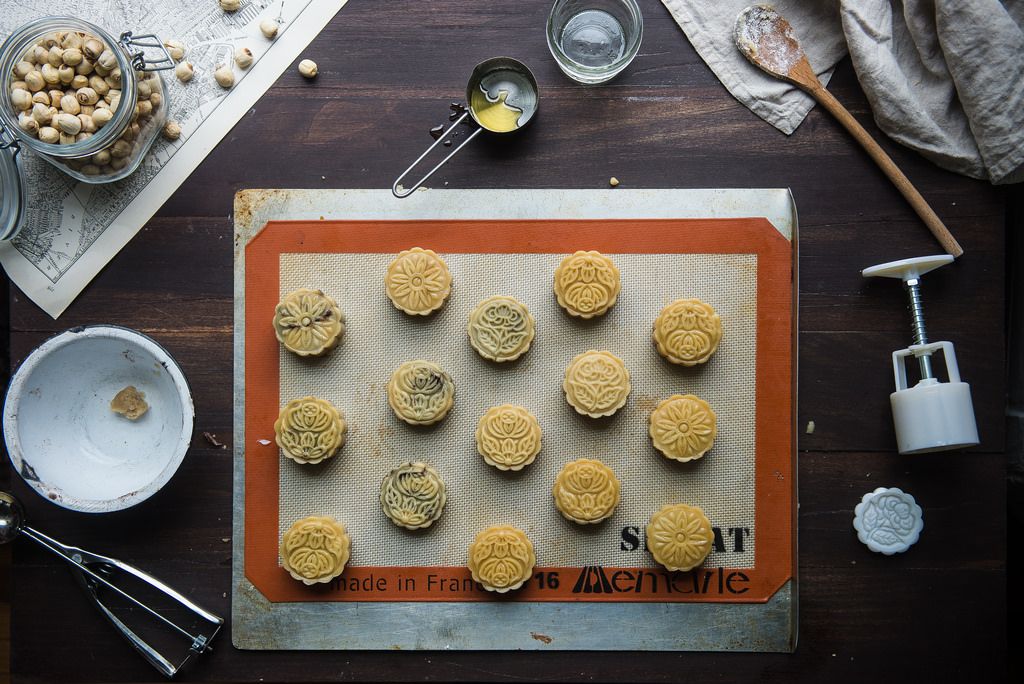
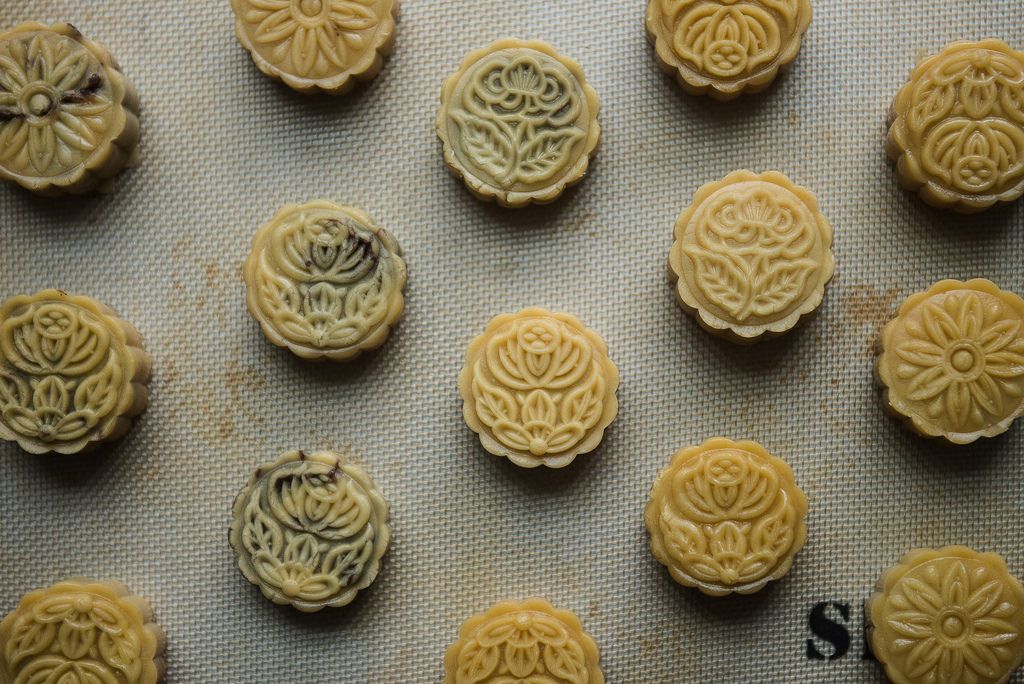
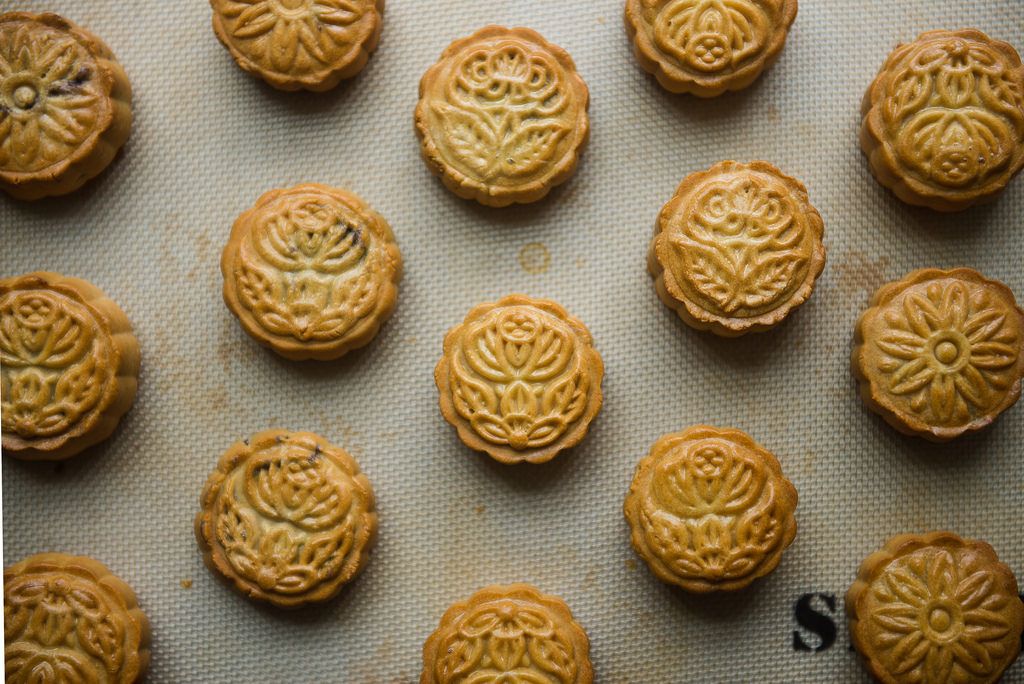
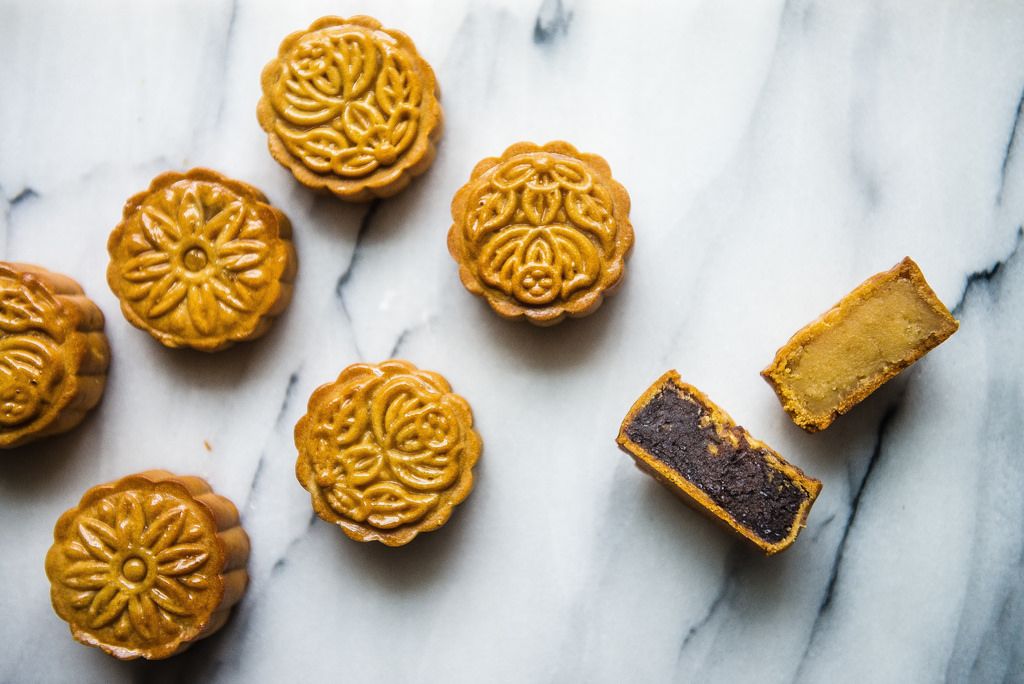

See what other Food52 readers are saying.